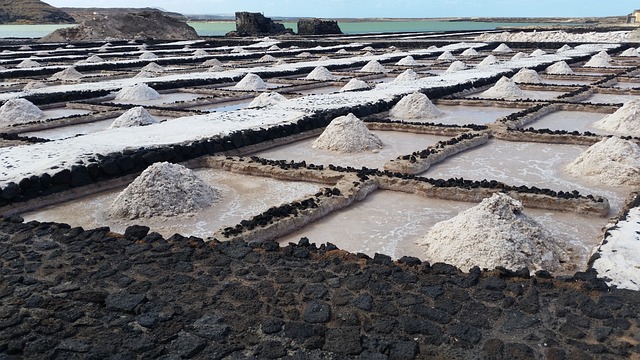In an era marked by continuous climate change and environmental degradation, the challenges facing global agriculture are more pressing than ever. The rise in temperatures, erratic rainfall patterns, and soil salinization threaten food security and the livelihood of farmers worldwide. However, a glimmer of hope shines through the revolutionary concept of saline agriculture. This innovative approach is not just a response to adverse conditions but a strategic solution aimed at mitigating emissions, ultimately contributing to a sustainable future.
As the world grapples with rising sea levels and diminishing freshwater resources, saline agriculture offers a viable pathway for cultivating crops in areas previously deemed unsuitable for traditional farming. Utilizing salt-tolerant plants, researchers are uncovering the potential of saline soils, turning wastelands into productive agricultural land. By harnessing these untapped resources, we can enhance food production while reducing the carbon footprint associated with conventional agricultural practices.
One of the most profound benefits of saline agriculture lies in its ability to address emission concerns associated with traditional agricultural methods. Conventional farming contributes significantly to greenhouse gas emissions, driven by excessive fertilizer and pesticide use, along with methane emissions from livestock. In contrast, cultivating salt-tolerant crops requires fewer chemical inputs, thus lowering the overall emissions linked to food production. This shift not only aids in minimizing the carbon footprint of agriculture but also fosters a healthier environment.
Suppose we focus on integrating saline agriculture into broader environmental strategies. In that case, we can create a ripple effect that promotes biodiversity, enhances soil health, and improves water quality in surrounding ecosystems. When practiced sustainably, saline agriculture can restore coastal areas impacted by salinization, effectively transforming ecological threats into opportunities for regeneration. As we adapt to changing climatic conditions, this approach underscores the importance of resilience and innovation in safeguarding our planet.
Furthermore, saline agriculture empowers local communities, especially in arid and semi-arid regions, by providing alternative livelihoods. By training farmers to cultivate salt-tolerant crops, we create a pathway toward economic independence and food sovereignty. This empowerment is crucial in the face of climate uncertainty, allowing communities to thrive rather than merely survive. The concept highlights the interconnectedness of environmental health, economic stability, and community resilience—an essential triad for combating climate change.
The implementation of saline agriculture can also mitigate the adverse effects of climate change on fresh water resources. As traditional sources of irrigation dwindle, saline water, found abundantly in coastal areas, presents a sustainable alternative. By reducing reliance on freshwater supplies, saline agriculture alleviates the pressure on these vital resources, leading to more sustainable water management practices.
In conclusion, the revolutionary potential of saline agriculture stands as a beacon of hope in our quest for sustainable agricultural practices. By embracing this innovative approach, societies can begin to heal their relationship with the environment, counteract climate change, and pave the way toward a resilient and sustainable future. Together, we can turn the tide on agriculture’s impact on emissions and forge a path to food security for future generations.



